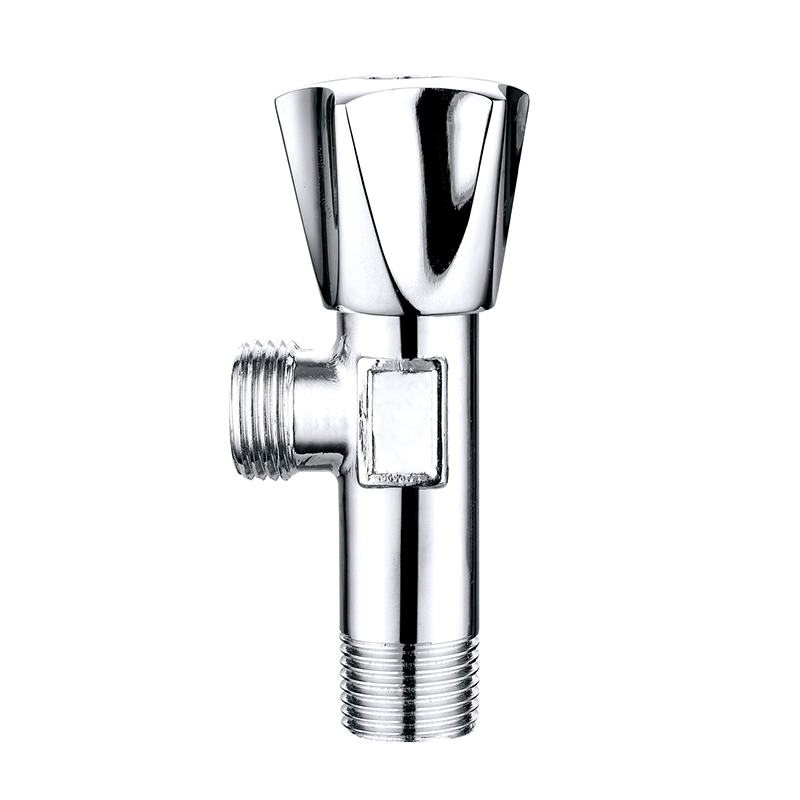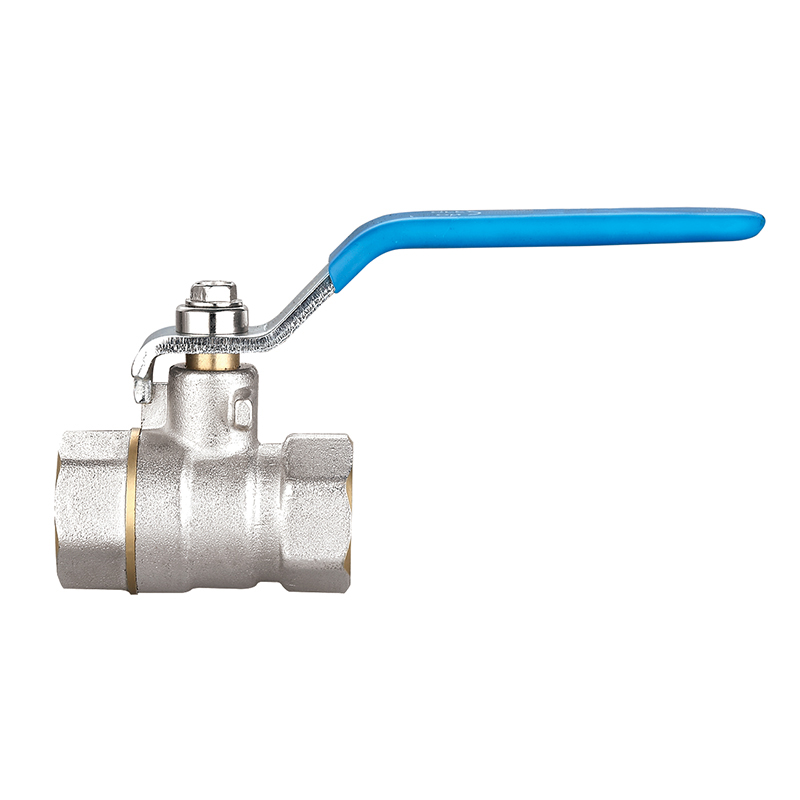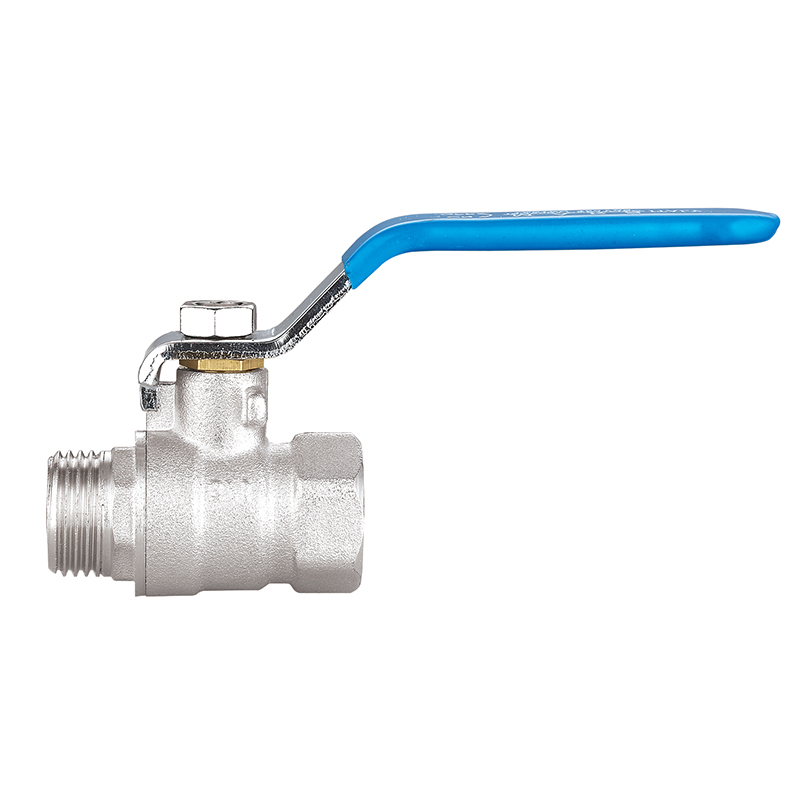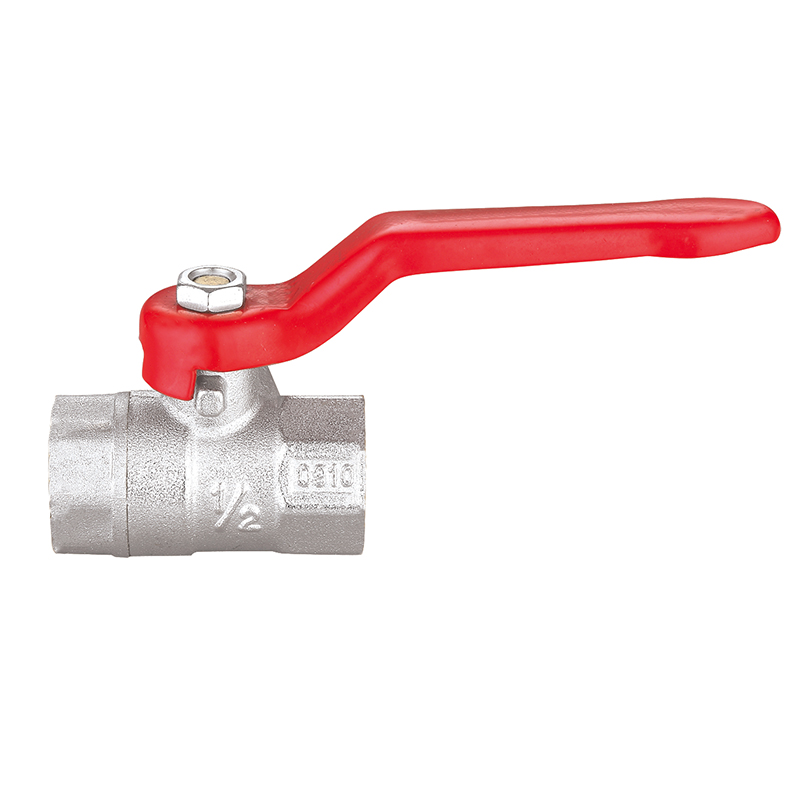Shining Control: The Polished Angle Valve’s Role in Modern Water Management Systems
2025-07-11
In the world of plumbing and water management, control, reliability, and aesthetics are vital. One component that is increasingly embodying all three of these qualities is the polished angle valve. Once a purely functional element hidden beneath sinks or behind toilets, the angle valve is undergoing a transformation in both appearance and importance. With modern upgrades like precision machining, polished finishes, and expanded compatibility, the polished angle valve is rapidly becoming a solution in both residential and commercial systems.
Beyond Basic Functionality
An angle valve's primary purpose is straightforward: to regulate water flow to fixtures like faucets, toilets, and washing machines. It provides a shut-off point for maintenance or emergencies without disrupting the entire water supply. However, today’s polished angle valves go far beyond this basic function. Manufactured with high-quality brass or stainless steel and treated with a mirror-like polish, these valves deliver both aesthetic appeal and corrosion resistance.
The polished finish isn't just for looks — it significantly improves surface hardness and offers protection from oxidation, limescale, and chemical residue. This makes them particularly ideal for use in environments with hard or mineral-rich water, extending the lifespan of the valve and reducing maintenance needs.
Precision Engineering for Better Water Control
In contrast to older models that often relied on rubber washers and simple threading, modern polished angle valves incorporate advanced valve core mechanisms, such as ceramic disc cartridges, which provide smoother operation and long-term durability. These internal upgrades translate to leak-free performance and precise flow regulation, which are especially critical in high-usage environments like hotels, apartment complexes, and hospitals.
With ergonomic knobs or levers, users can easily adjust water pressure, allowing for a high degree of control during installations or repairs. This precision control makes angle valves not just a stopgap, but an essential part of integrated water flow systems.

Versatile Design Meets System Compatibility
Today’s polished angle valves are manufactured in a variety of sizes and connection standards, including compression fittings, threaded inlets/outlets, and push-fit connections, ensuring compatibility across a wide spectrum of plumbing systems. This flexibility has made them an increasingly popular choice for renovation and retrofit projects, where older or inconsistent pipework may be present.
Their compact 90-degree design allows them to fit neatly into confined spaces without compromising access or performance. Architects and interior designers are also taking note, using exposed polished valves as a deliberate design element in minimalist or industrial-style bathrooms and kitchens.
Market Demand on the Rise
The demand for polished angle valves is seeing noticeable growth, fueled by global trends in home improvement, smart plumbing, and sustainable building practices. Consumers are placing more emphasis on the quality and finish of hardware, even in parts of the home that traditionally went unnoticed. In home designs and luxury commercial installations, matching fixtures and visible plumbing accessories — like polished angle valves — are part of a unified aesthetic.
Moreover, with global construction booming in both developing and developed economies, builders are specifying high-performance valves to meet regional codes and consumer expectations. The Asia-Pacific region, in particular, has seen a surge in polished valve installations as urban infrastructure and middle-class housing expand.
The Role in Water Conservation
Another compelling reason for the rise of polished angle valves is their contribution to water conservation efforts. Valves with flow restrictors or integrated shut-off timing features allow for better management of water usage at the point of delivery. When used in combination with low-flow faucets and smart sensors, polished angle valves support broader sustainability goals in water-efficient buildings.
For commercial facilities, this translates to not only environmental responsibility but also lower operating costs over time — a major driver in the hospitality and healthcare sectors where water usage is substantial.
Manufacturing Advancements and Global Trade
Manufacturers are investing in CNC machining, chrome plating, and environmentally safe polishing methods to meet rising demand while reducing their environmental footprint. In addition, anti-lead and NSF-certified materials are being used to comply with international standards, particularly in markets like North America and the EU.
Whether you want to become our partner or need our professional guidance or support in product selections and problem solutions, our experts are always ready to help within 12 hours globally.




 русский
русский Español
Español عربى
عربى





